This 20-bore Beretta impresses with its mechanical and conceptual elegance, excellent handling and lack of recoil... Mike Yardley is in love!
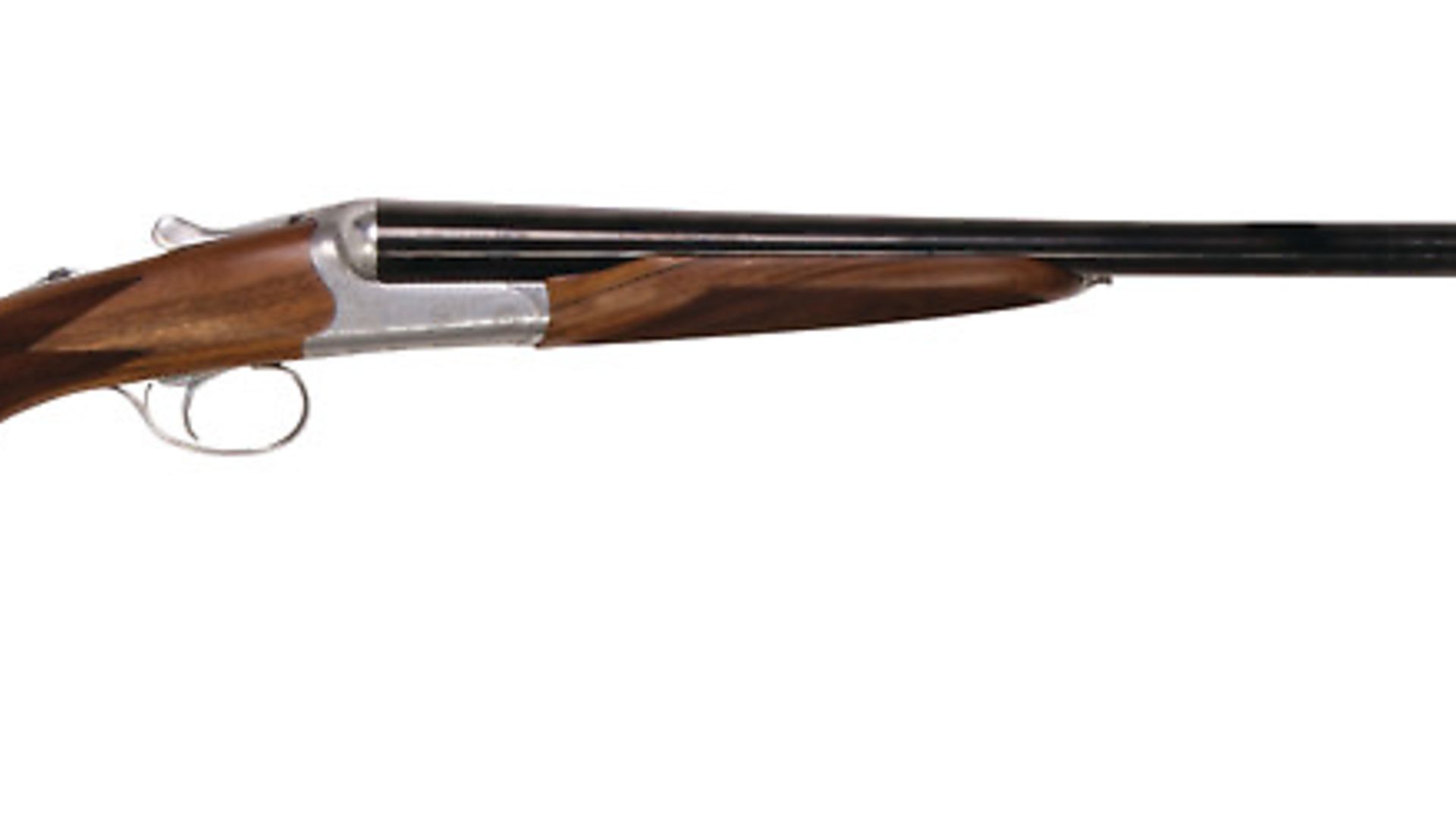 credit: Archant
credit: Archant
TECH SPECS
Make: Beretta
Model: Parallelo
Bore: 20
Barrels: 28” (30” option)
Rib: concave
Chokes: Optima multi
Weight: 6 1/4lbs
RRP: £4,500 (£4,300 for 12-bore)
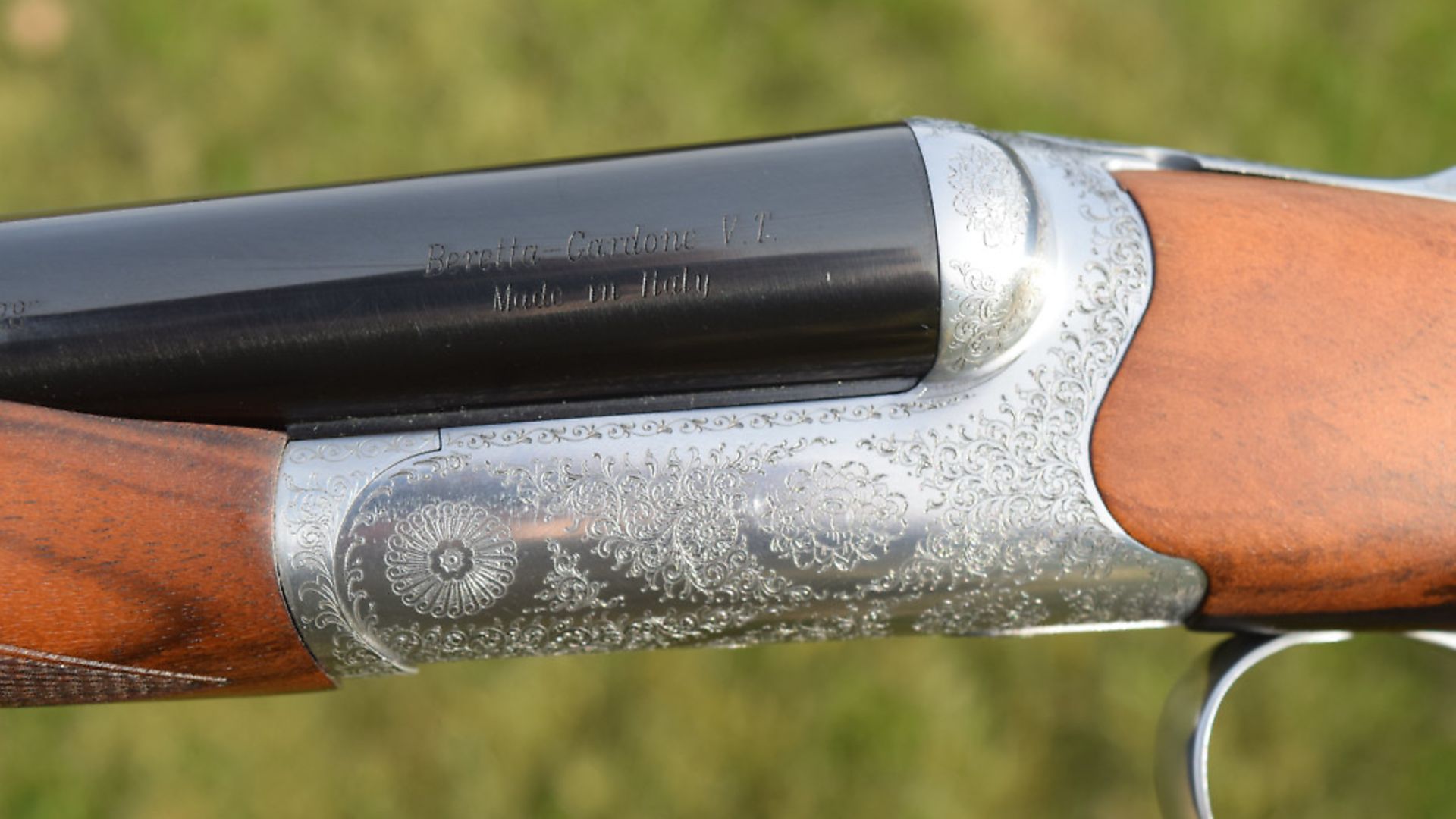 credit: Archant
credit: Archant
WE LIKE: The stock-shapes; the action aesthetics; the V springs
WE DON’T LIKE; Nothing important but it’s a little pricey.
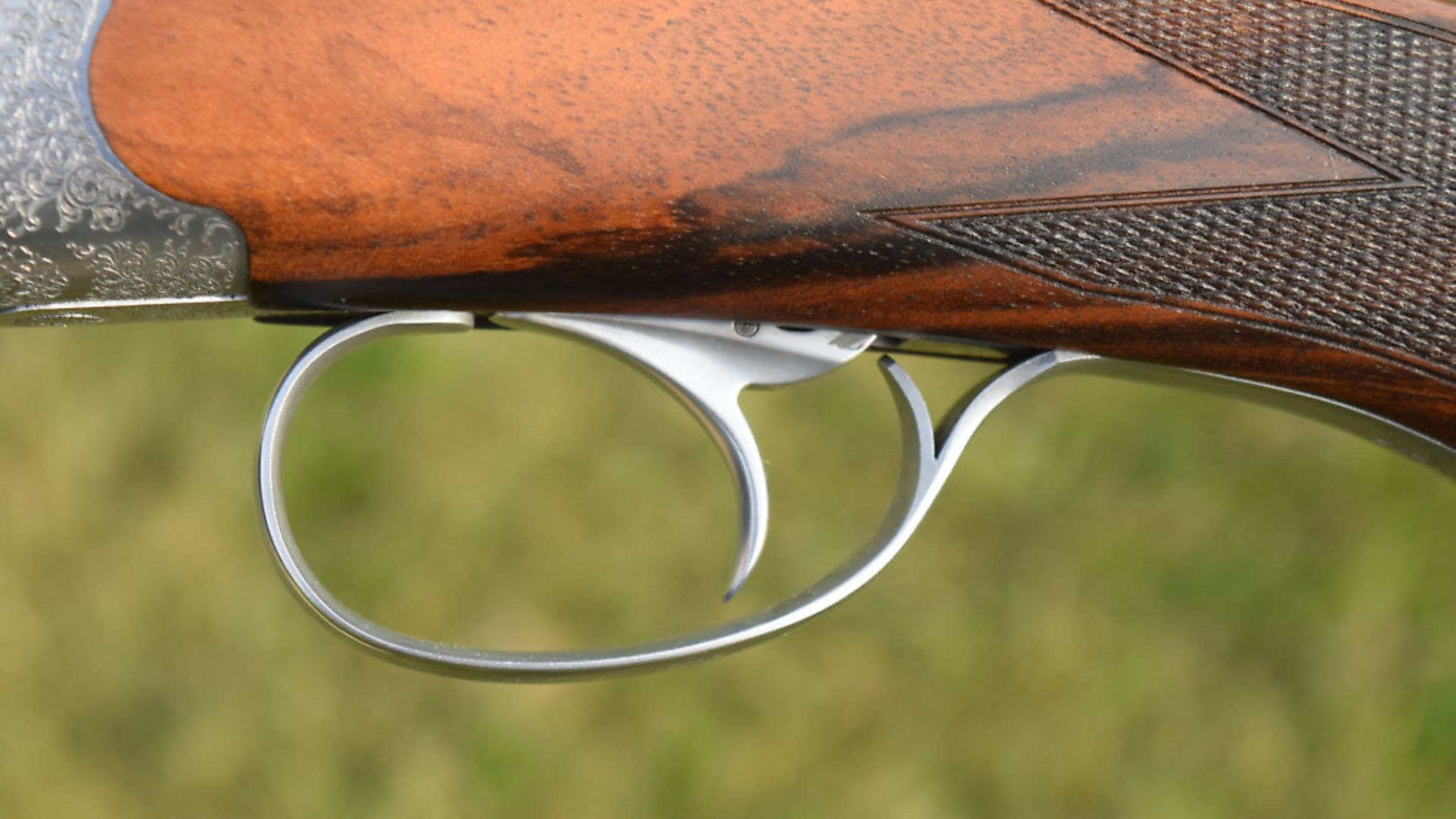 credit: Archant
credit: Archant
IN DEPTH
This gun test looks at a 20-bore, 28” barrelled Beretta 486 Parallelo, a gun which is built on an elegant and compact round-bar action and is also available with 30” tubes. It boasts a single trigger; 3” magnum chambering that is steel shot proof; Beretta Optima multi-chokes and a full pistol-grip stock with beaver-tail fore-end (there is a straight-hand option too).
First impressions are excellent; it’s a really pretty little gun and well presented. The English-style scroll engraving on the silver-finished action looks good and the stock shapes are first class. The wood, walnut of course, has some figure, although it could have done with a little more oil.
When you bring the Parallelo 20 to the shoulder it seems delightfully light (at 6¼lb), but it is no wand. It is well balanced between the hands. The nice grip (which is big enough to fill the hand but not too large or acutely angled) and fore-end shapes make it feel secure and controllable – more so than the average small-bore.
The concave rib presents a good picture to the eye, although a flat pigeon rib would be a good option too. The gun feels really handy. Sometimes, light small-bore doubles seem almost too dainty but this one feels like a real gun.
The ergonomically efficient stock shapes allow one to direct the muzzles efficiently (I would find it hard to suggest a better configuration for this gun), and the comb has a nice taper to it. This not only looks good but has practical benefits, potentially relieving the face in recoil.
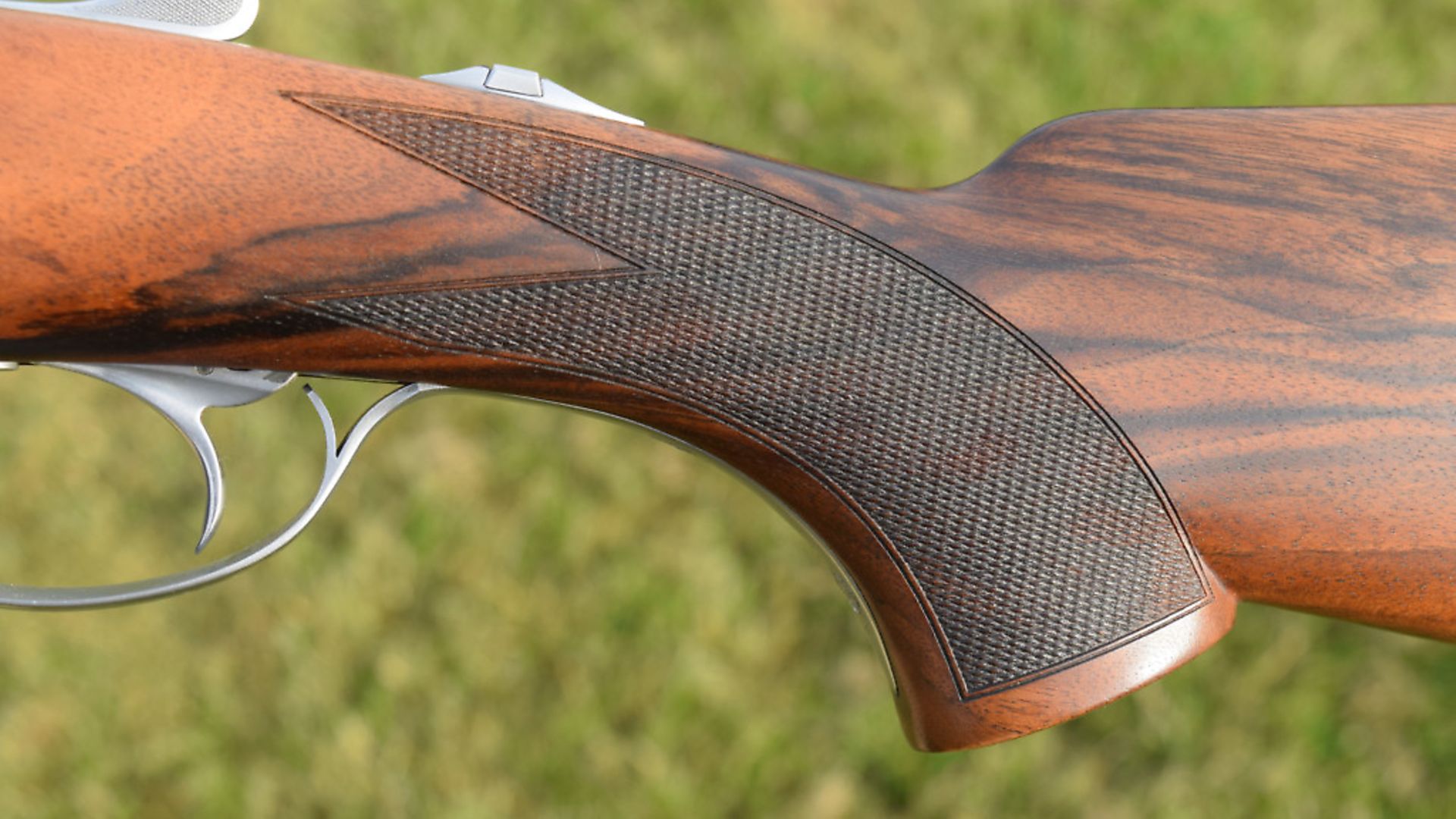 credit: Archant
credit: Archant
Considering its recent history, readers may remember that the 486 Parallelo replaced the 471 Silver Hawk side-by-side a few years back. Those guns were solid and well made but, while they had a niche, they never succeeded as Beretta over-and-unders have done. This was partly down to reduced demand for side-by-sides today, but also, frankly, because the 471 was not a gun that set the world on fire.
The 486 is a much better piece of kit in my opinion. It has some interesting design features and is already proving successful and well received in the market. There are a wide variety of models in 12- and 20-bore including deluxe side-plated guns and the radically reworked 486 gun-sculpture by Apple’s designer Mark Newson.
So, what makes the 486 so special? Well, compared to the 471, the aesthetics are much improved with a rounded action bar asymmetrically scalloped to the rear and decorated with delicate rose and scroll. The top of the action has been reworked, giving it a more traditional look – more like a classic British Anson and Deeley double.
The action of the Parallelo is still a trigger-plate design but it’s more elegant than previous Beretta boxlock side-by-sides, and the mechanism has been simplified considerably.
The action incorporates a refined trigger mechanism: simpler and better than the one in the 471, which was not a favourite of gunsmiths.
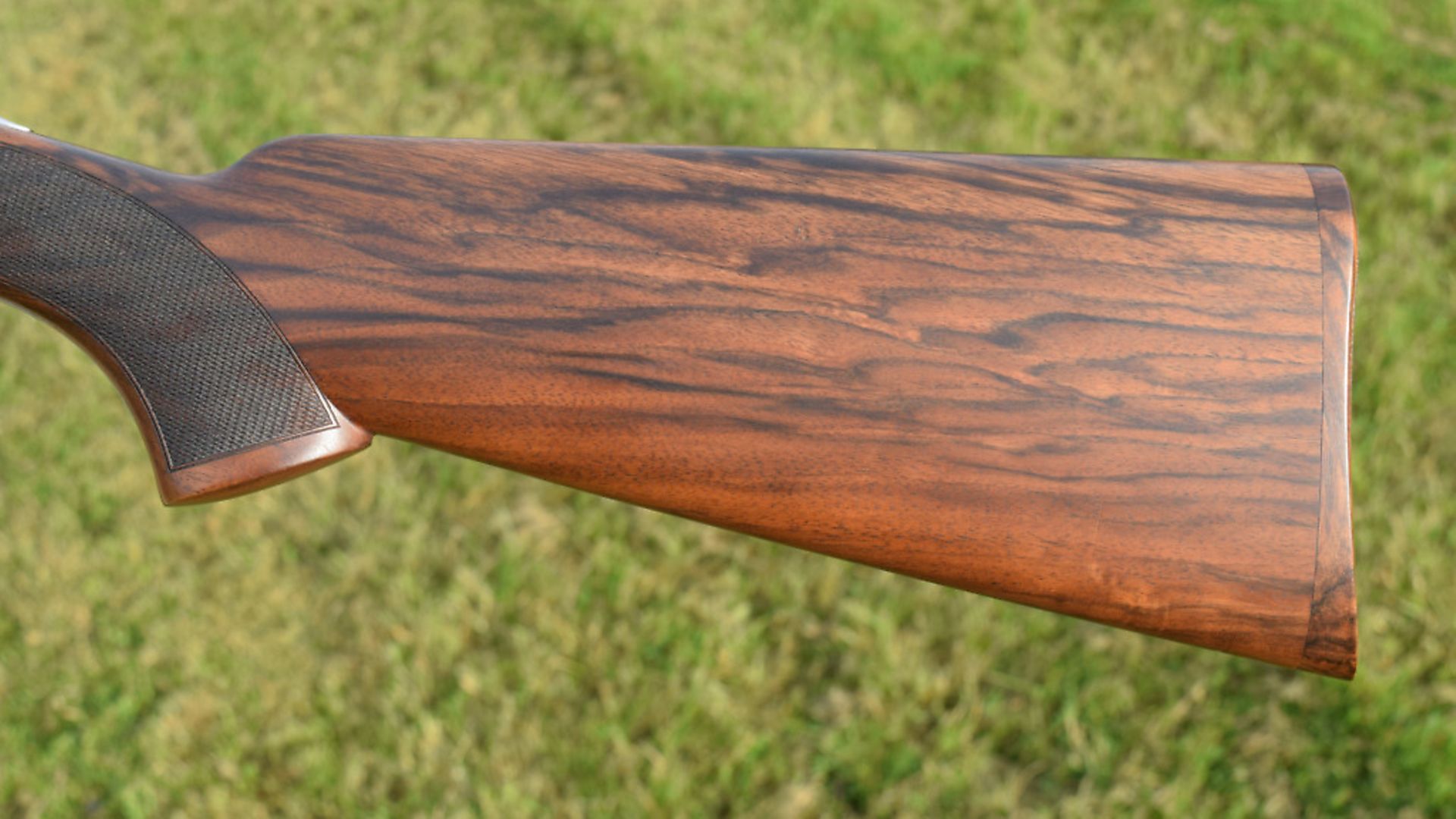 credit: Archant
credit: Archant
The hammers are another welcome feature of the gun, which are not driven by the ubiquitous coil springs, as seen in most mass-produced guns, but by traditional V springs. This means there need be no compromise of sear angles (as usually happens with helical main springs) allowing for improved trigger pulls and faster lock time.
The Parallelo remains, however, over-and-under-like in the way the stock attaches to the action. There is the same sort of stock bolt you would see in a Silver Pigeon as opposed to the ‘breech pin’ (where there is a vertical screw between top and bottom strap to hold the stock on). Most bench-made side-by-sides still have a breech pin. I would guess that to use the traditional method of attachment instead would significantly increase labour costs. I doubt if it would improve the gun significantly, anyway, as this design is fundamentally sound.
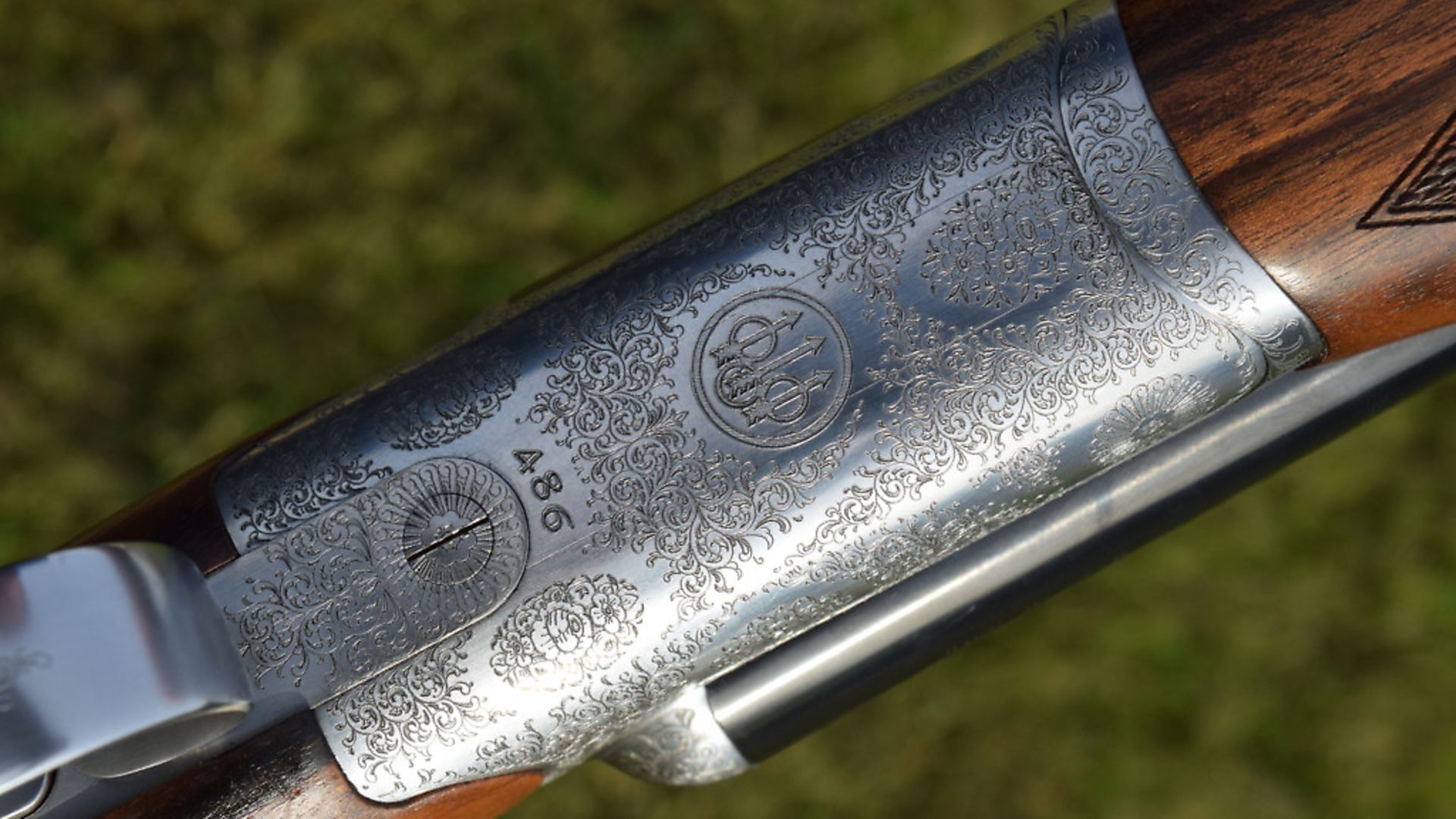 credit: Archant
credit: Archant
TECHNICAL
The action body accommodates a neat trigger assembly which is secured by a hidden fixing screw underneath the usual sliding safety/barrel selector in the top tang (and there is another retaining screw forward of the trigger guard). The trigger mechanism is recoil-activated. There is also a most unusual inertia safety feature which prevents the gun firing at certain high angles (if it were dropped, for example). This does not affect normal shooting.
Another really interesting technical feature of the 486 concerns the barrels. These are not monobloc as is the norm in most modern mass-produced guns (Beretta refined the modern system circa 1900). Nor are they ‘chopper lump’ as many side-by-sides continue to be. Rather, they are built on a modern version of the ‘through-lump’ plan. Two tubes are brought together with their undersides machined to locate on a recessed platform with a dividing piece containing the barrel lumps.
The whole assembly is laser-welded, fusing the steel (Beretta’s Steelium alloy) together. Proof is fleur-de-lys so it is all evidently very strong, as well as being mechanically and conceptually elegant.
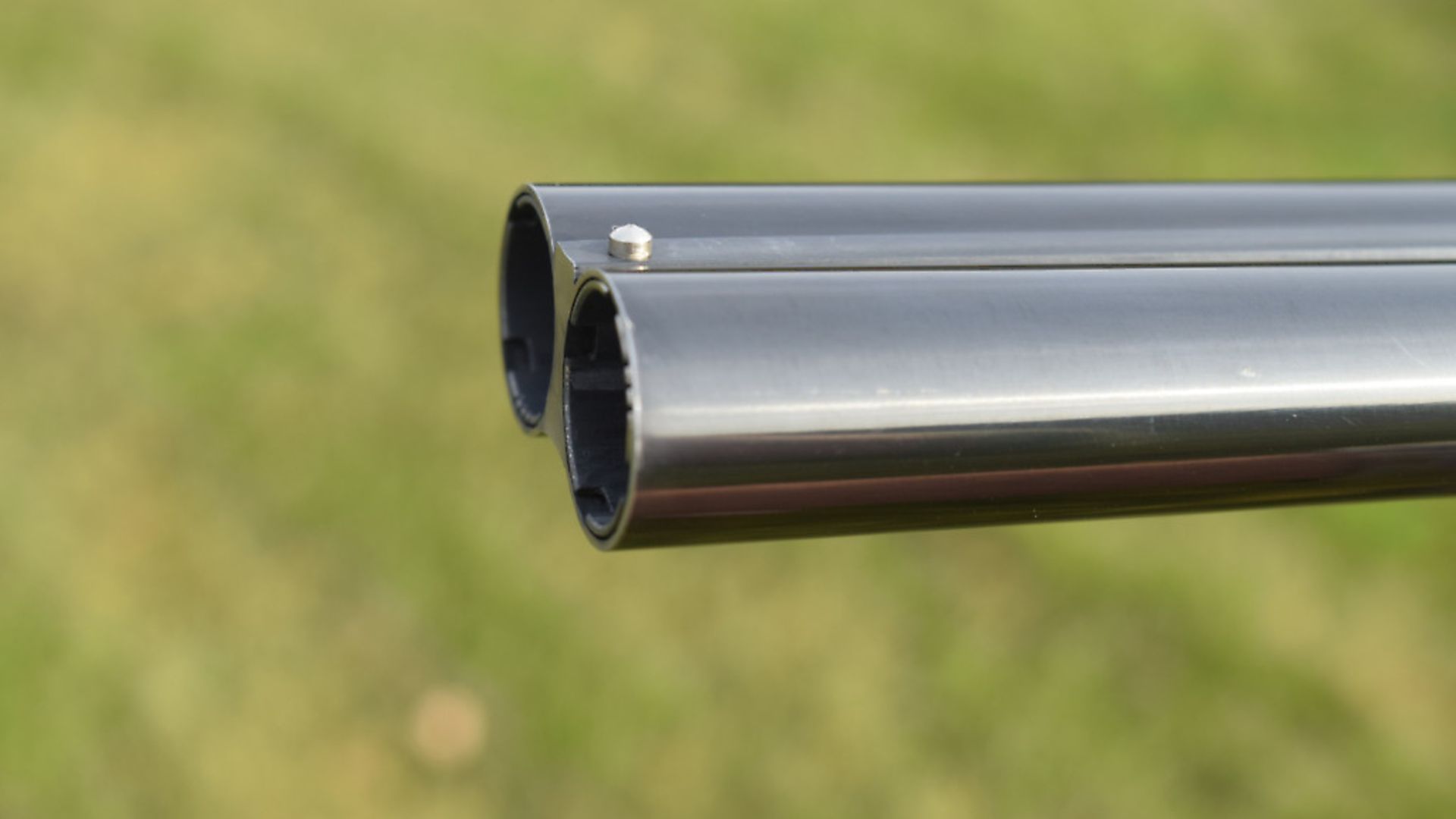 credit: Archant
credit: Archant
SHOOTING IMPRESSIONS
I could wax lyrical about shooting this little gun. It would not be my first choice for Devon rocketeers, but it shot brilliantly at normal ranges. It moved quickly, but the full grip (which is not too big) and slimmed beaver-tail ensured that it was not wild. Nevertheless, all light guns need to be ‘driven’. They require more muscular effort not less. Intrinsically, they are quick to start and quick to stop. This was less noticeable here, though, than on some small bores because of the great stock-shapes and good balance. Another pleasing, and surprising, quality was the lack of felt recoil in use (I used Lyalvale Express 24 and 28g loads for testing). I put this down to the good chamber dimensions/headspace and, in particular, to the tapered comb profile which relieved the face in recoil. It got me thinking too, this gun is proof that light guns, well-conceived don’t need to kick your head off. Stock shapes have profound effects on felt-recoil. I like the Parallelo a lot as will be evident. You may not be surprised to learn I bought it! I can’t really give any better praise than that, I shall shortly be taking it to Ireland on a woodcock shooting expedition.
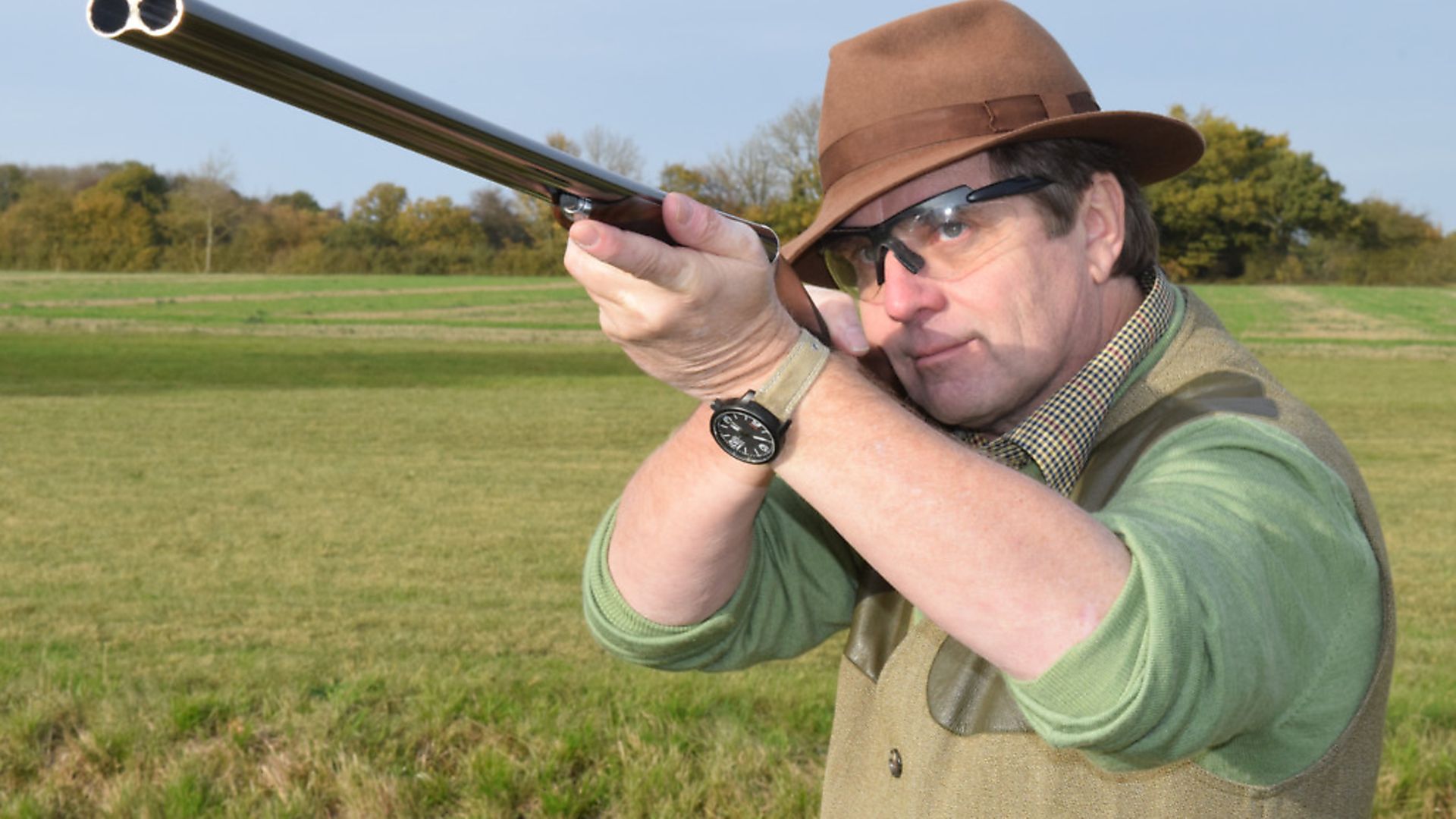 credit: Archant
credit: Archant